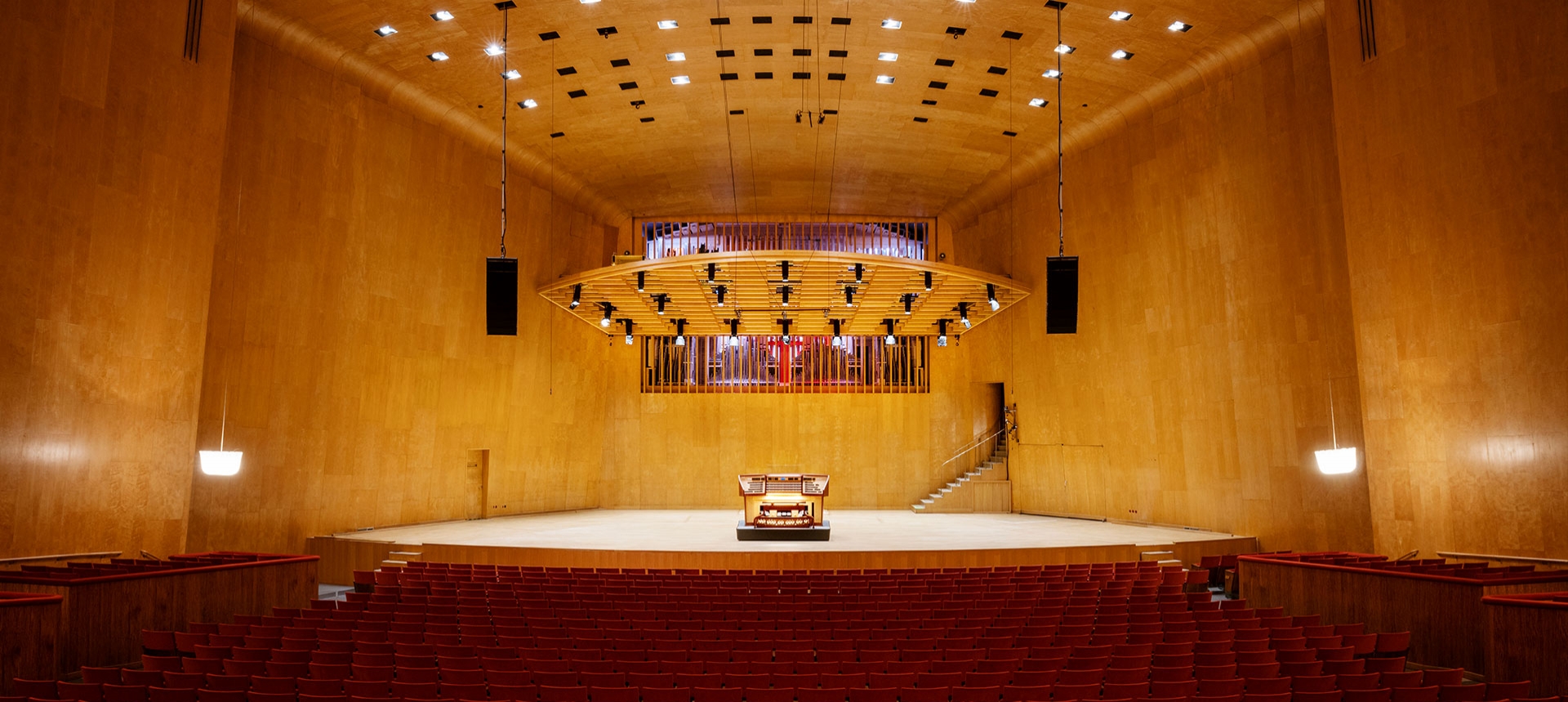All this thanks to the cooperation between the real estate company Higab, Göteborg international organ academy, and Gothenburg Symphony Orchestra which makes it possible for us to finally experience a world-class concert hall organ, built by Rieger Orgelbau in Austria. The instrument is so big that some of the organ pipes have been built in under the audience in the salon – when you sit on the parquet you feel the vibrations from the bass pipes!
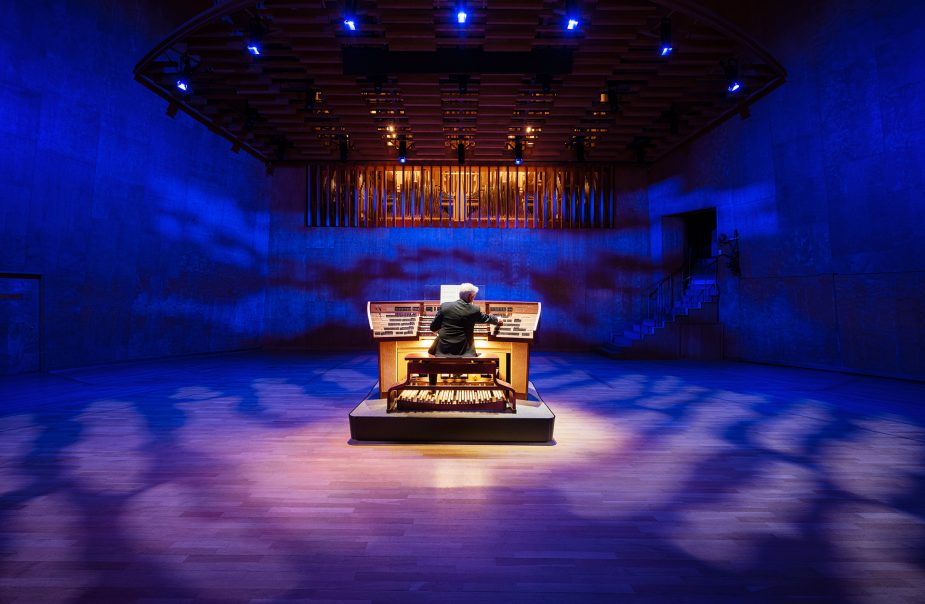
A Sunday of meditative organ
Come inside the warm Concert Hall and be surrounded by the divine sounds of the mighty organ. Hans-Ola Ericsson plays music by Olivier Messiaen in this relaxed concert.
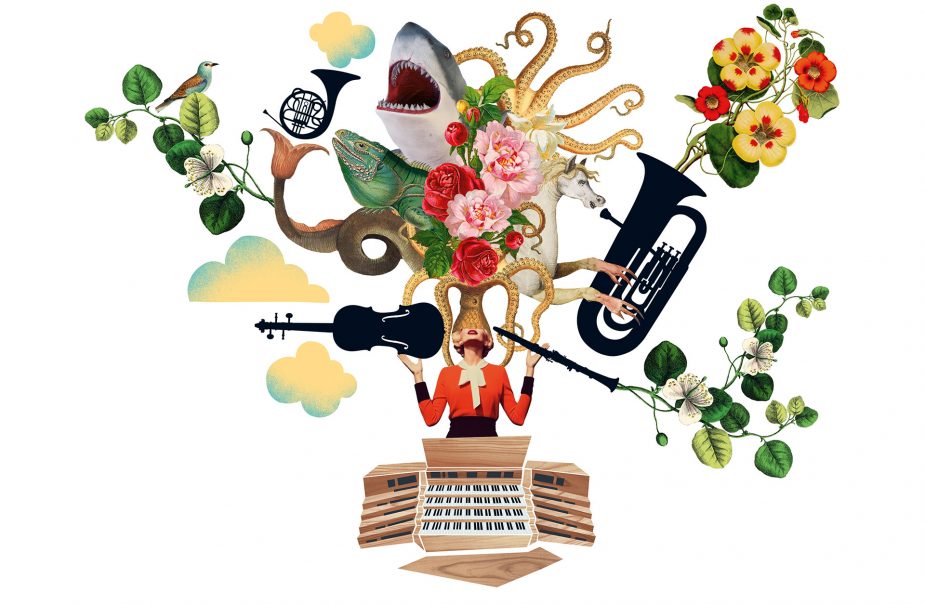
School Concert: The monster doesn’t breath
A performance about big feelings, what is truly beautiful – and what is truly ugly. With Gothenburg Symphony Orchestra, organist Tommy Jonsson and conductor Katarina Andreasson. For preschool classes-year 3.

Family concert: The monster doesn’t breath
A performance about big feelings, what is beautiful – and what is ugly. With Gothenburg Symphony Orchestra, organist Tommy Jonsson and conductor Katarina Andreasson.
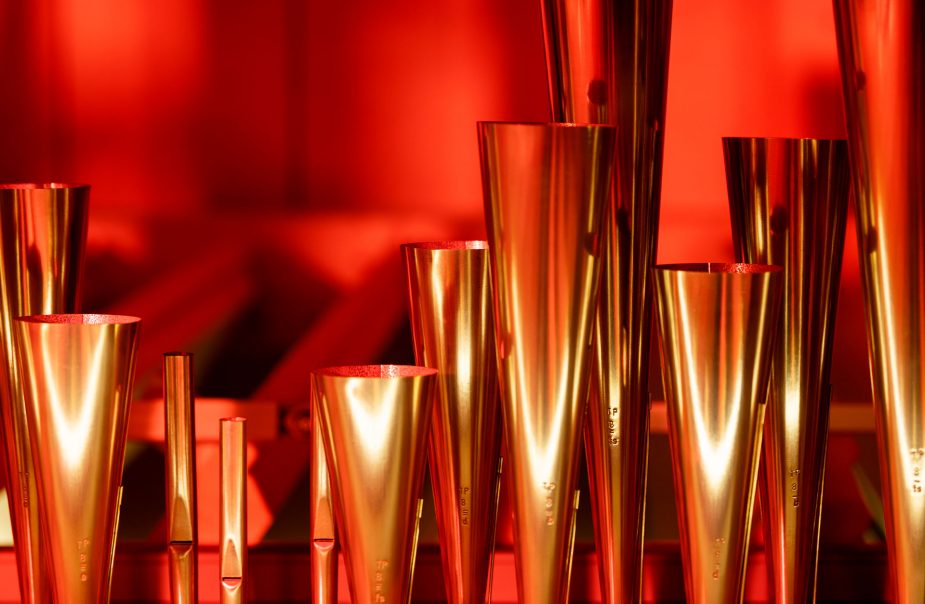
Organ tunes by Widor
Thrilling notes from Widor, Rachmaninov and other masters. Enjoy the best of French Romanticism with organist David Higgs.
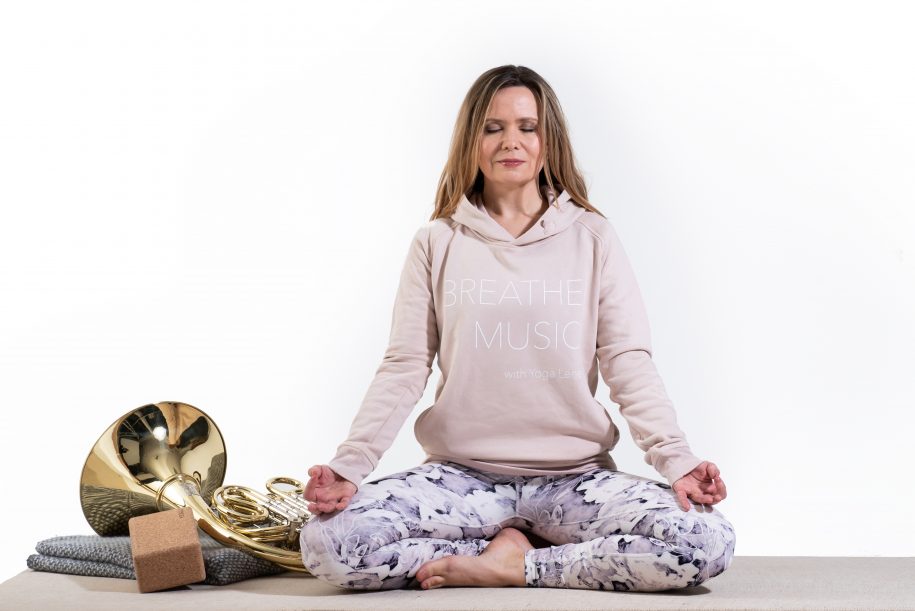
Yoga concert: Light
Musician and yoga teacher Lene Skomedal/Yoga Lene takes you closer to classical music while she leads you through a wonderful yin yoga session. Tommy Jonsson is playing the organ.
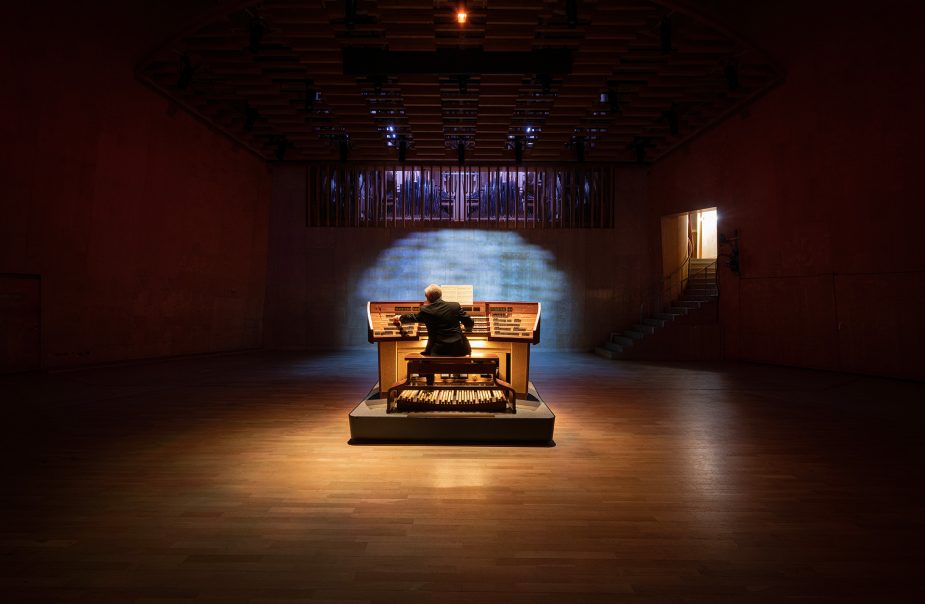
Power play with organ and brass
Hear the proud brass instruments of the Gothenburg Symphony Orchestra measure up to the full lung capacity of the organ. An expressive concert about the battle between good and evil.
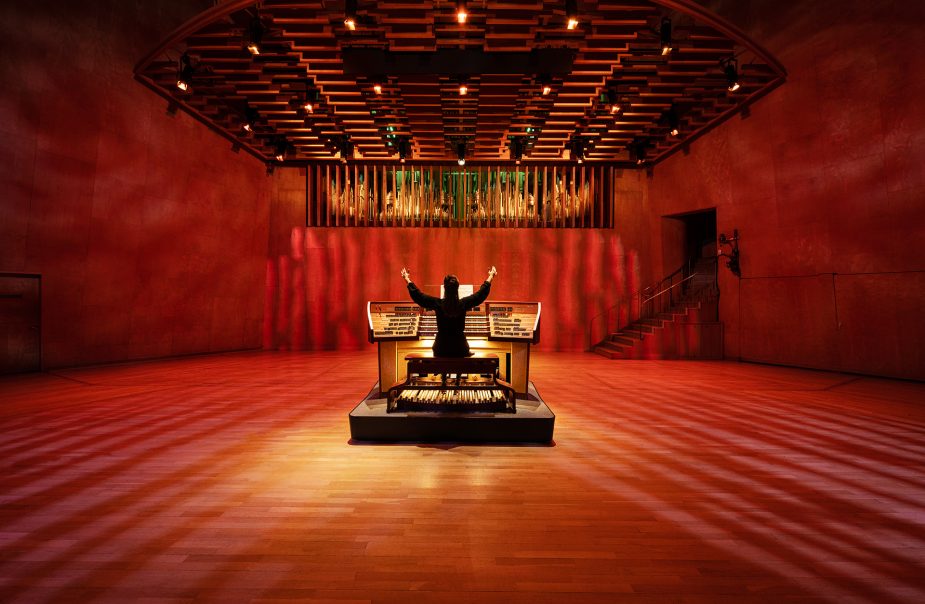
Vibrant spring evening with organ
As the April evening spreads its soft light, we open the doors to the Main Hall for a shimmering solo organ concert. Shin-Young Lee performs beloved pieces by J.S. Bach and much more.
More than 9000 organ pipes
The concert hall organ is inspired by the French, romantic organ school with sounds that can imitate the orchestra’s many instruments and in combinations that one could only dream of. Here are traditional parts such as flute and bassoon but also something new like saxophone. Join the tour inside the fascinating instrument together with Hans Davidsson from Göteborg International Organ Academy!
After more than five years of planning and three years of construction, the gigantic instrument is now in place in the Great Hall with its more than 9000 organ pipes. For ten days, 15-24 october 2021, the new organ was inaugurated with royal visit, international soloists, premières, organ concerts with orchestra, organ marathon with participants from Västra Götaland’s 49 municipalities and live broadcasts on GSOplay.
The making of the organ
The organ in Gothenburg Concert Hall is built by Rieger Orgelbau in Austria, an extremely complex work that has been going on for many years. Manufacture unites woodwork, metalwork, aural knowledge, drawing, electronics, work with different materials such as leather, felt, and synthetic materials, as well as assembly work across the world.
The project began 2017 with a thorough prestudy, performed by a team of international organ experts, employed by Higab through the Gothenburg International Organ Academy. This group have assisted the organ builders, property owner Higab, and the Gothenburg Symphony Orchestra with artistic guidance, technical advice, and quality control throughout the process.
The work to install the organ inside Gothenburg Concert hall started in the summer of 2019 and continued with ongoing efforts the upcoming years. In the summer of 2021, every minute was used to finalise the work. The remaining technical work was performed right after Midsummer, including the installation of the second, movable console. The biggest job was tuning the remaining two thirds of the organ’s over 9,000 pipes. Every day from 6.00 a.m. to midnight, pipes of different kinds were heard – principal, flute, string, mixture, clarinet, oboe, trumpet, and trombone have been tested and tuned for optimal sound and strength.
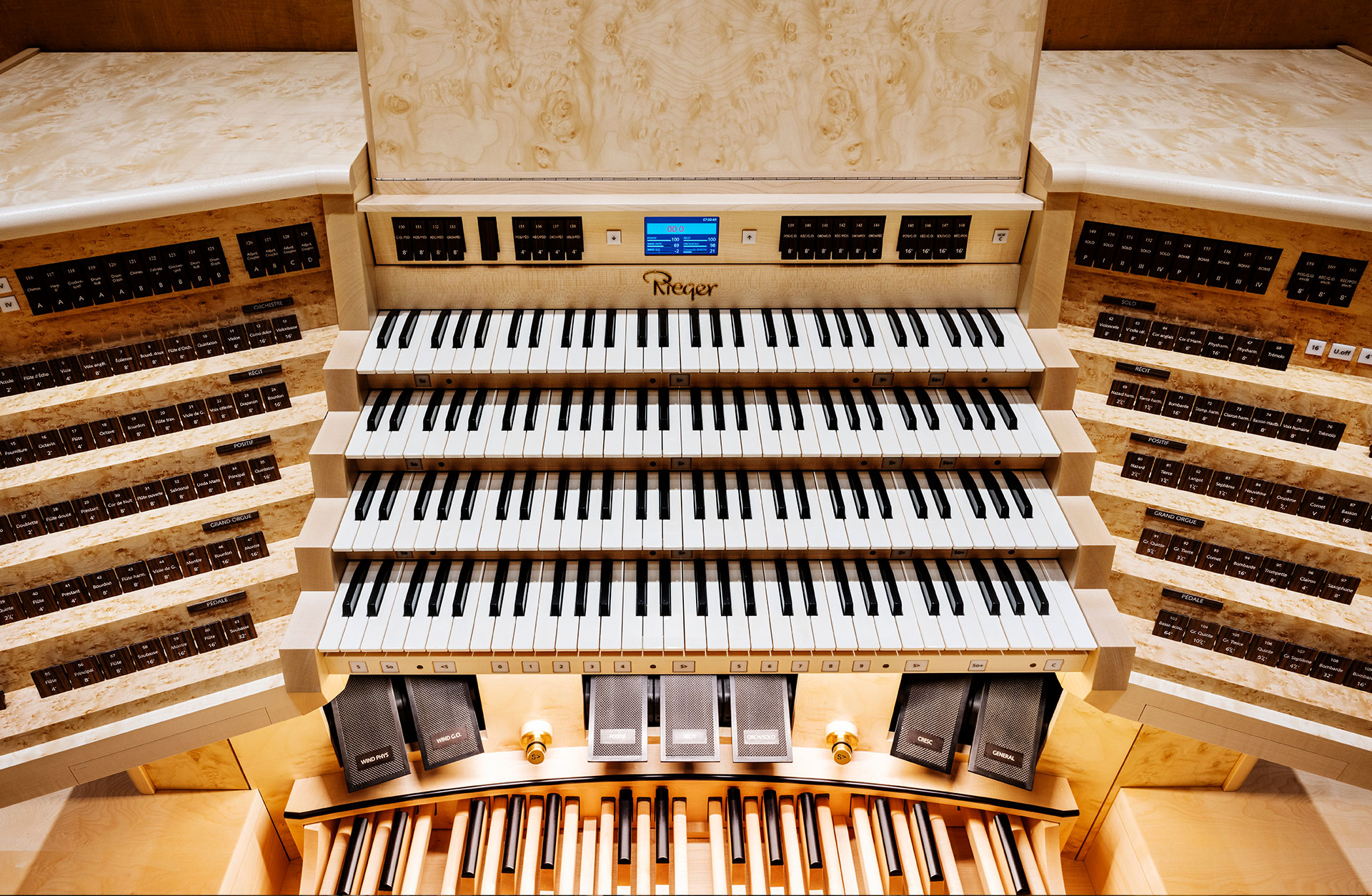
When the concert hall’s architect, Nils Einar Eriksson (1899–1978) created the Gothenburg Concert hall he had a vision of a world-class concert hall organ: an organ optimally placed right next to the orchestra, which, alongside it, would be able to form a unified tonal body. This vision is now reality, october 2021.
The order is made by the Concert Hall’s property owner Higab. The concert hall organ project is followed and supported by an international expert group, where FGIOA acts as a consultant through its subsidiary GOART AB.
The organ disposition (pdf)The old organ
There has been an organ earlier in the Gothenburg Concert Hall. It was built in 1937 by Marcussen & Søn, but it quickly became a problem with the instrument.
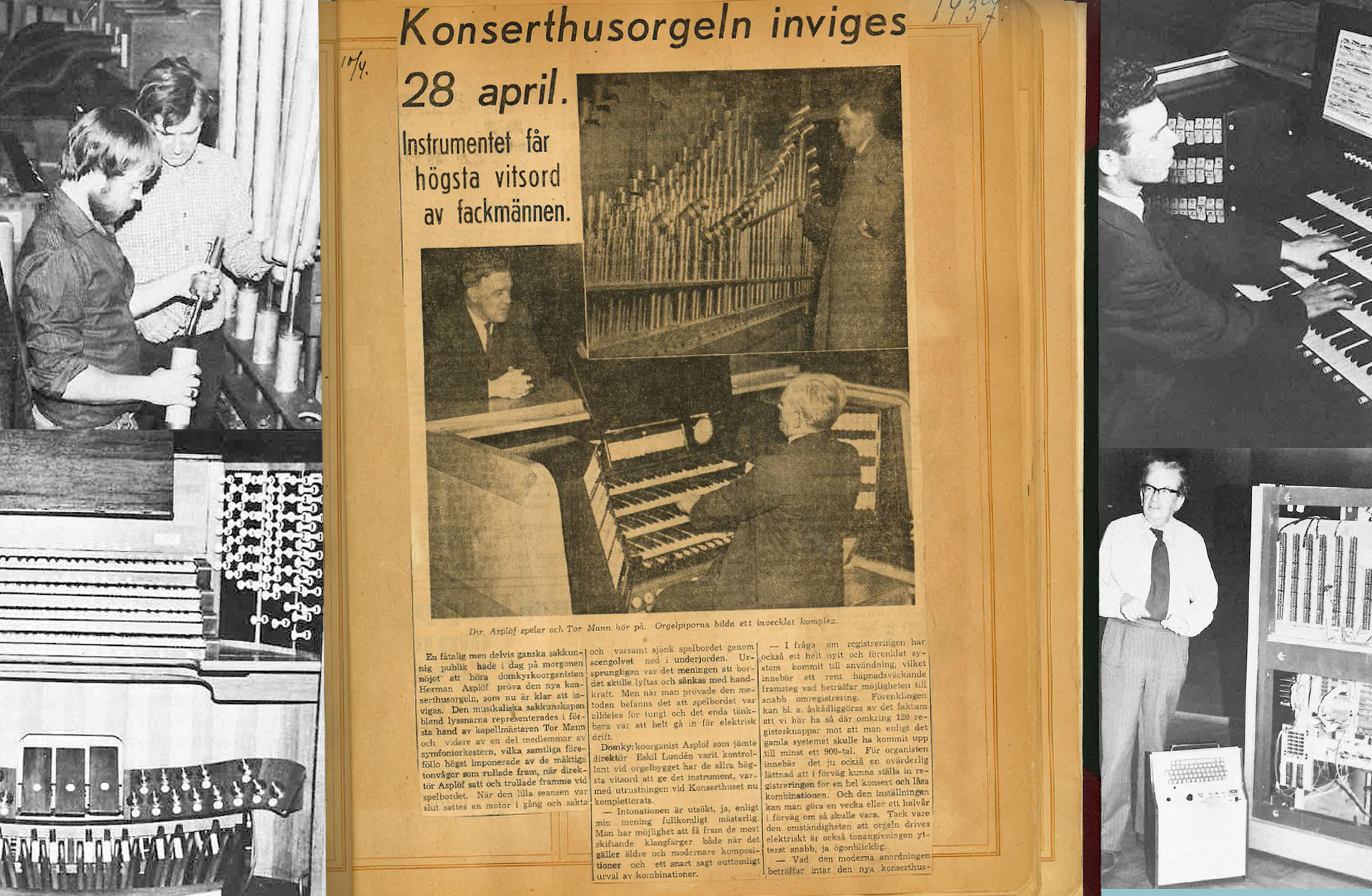
One wanted a large and versatile organ, although the space behind the orchestra was too small – the organ pipes had to be mounted on two floors, which meant that the main work sounded too weak.
The electric table was sensitive. It was exchanged in the 1980s against a computerized version but also that table was hit by problems over the years, including with the electronics and it would be very costly to repair. The audience found themselves in the absence of organ sounds in the concert hall.
When the project with the new organ began, the old organ was dismantled to make room for the new instrument built exklusivley for this specific concert hall. It was an extremely complex work so as not to adversely affect the interior or acoustics of the concert hall.
More about the old organOrgan dictionary
When you discover new topics, you often discover new words. Here are some of the words you use when describing an organ and organ music.
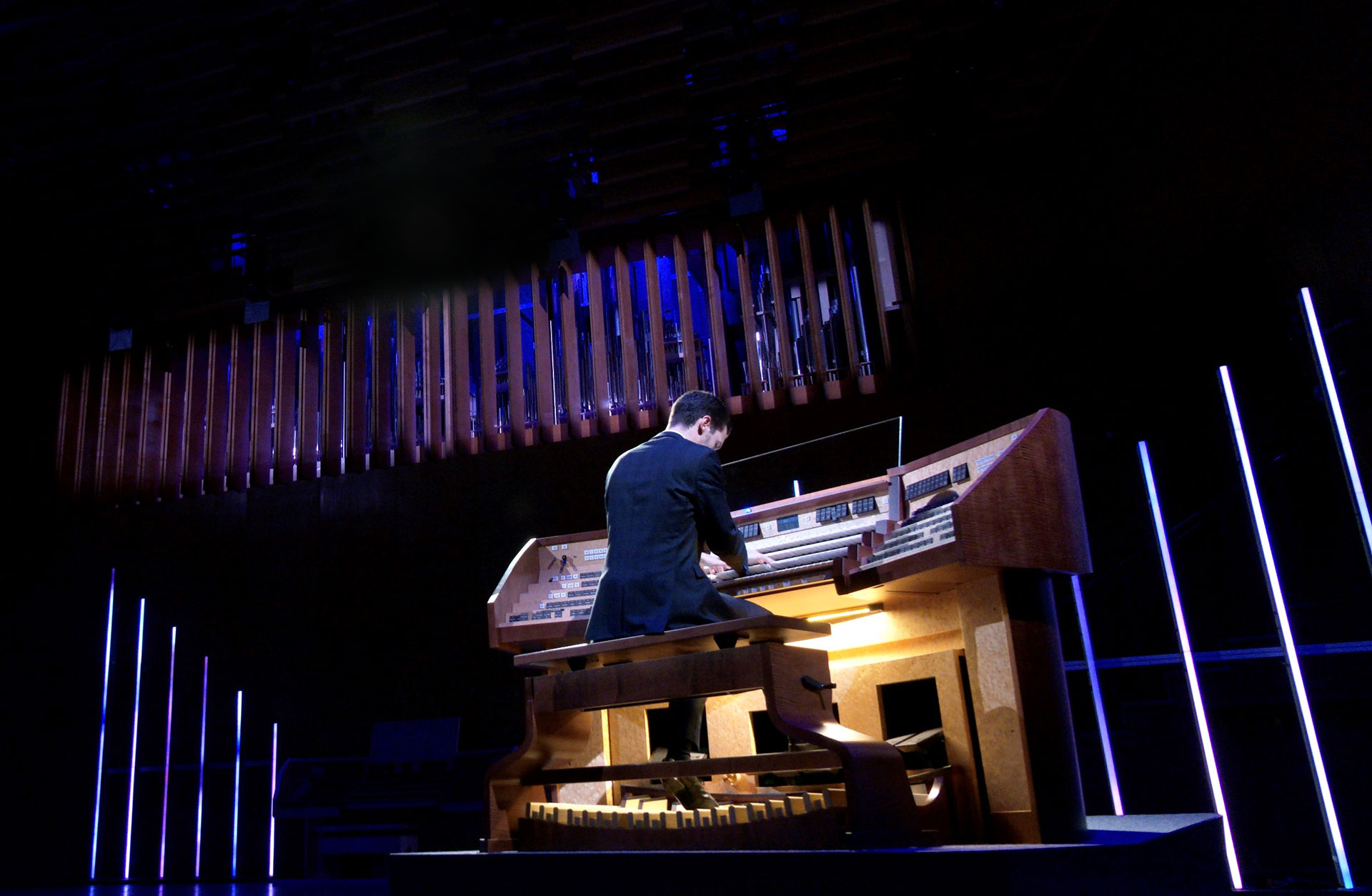
The organ project
Management
- Sten Cranner
- Stefan Lundqvist
- Per-Henrik Hartmann
- Hans Davidsson
- Johan Nordin
- Johan Björkman
- Erika Strand
- Louise Martinsson
- Maja Johansson
Project
- Johan Nordin
- Johan Björkman
- Hans Davidsson
- Louise Martinsson
- Erland Montgomery
Reference
- Hans Davidsson (chair & project leader)
- Magnus Kjellson (Gothenburg Symphony Orchestra representative)
- Bine Bryndorf
- Hans-Ola Ericsson
- Nathan Laube
- Karin Nelson
- Koos van de Linde
- Paul Peeters
- Joris Verdin
Rieger Orgelbau staff
Planning & design
- Wendelin Eberle
- Georg Pfeifer
- Daniele Bellotto
- Beate Meusburger
Administration
- Julia Dörler
- Antony Melck
- Jörg Stübbe
- Orgelbygge – allmänt
- Martin Pfanner
- Albert Moosmann
- Manuel Egle
- Timo Algäuer
Organ building – general
- Martin Pfanner
- Albert Moosmann
- Manuel Egle
- Timo Algäuer
Pipes
- Andreas Aschl
- Akbar Daulatzai
- Johannes Pommer
- Klaus-Jürgen Ritter
- Harald Rosemann
- Eveline Tollinger
- Anja Gütler
- Illias Ziakis
- Elias Elbs
Case & podium
- Jonas Ender
- Anton Flatz
- Anton Berchtold
Swell boxes & shutters
- Gerhard Bilgeri
- Simon Aschl
- Michael Nußbaumer
Consoles
- Daniel Brunner
- Elias Hackenberg
- Geraldo Nague
- Lena Raffler
- Anton Berchtold
Windchests
- Olaf Sieler
- Joonghae Kim
- Tobias Rathbeg
- Dana Nilson
- Manuela Hager
- Corina Hofer
- Gwennin L’Haridon
- Leonhard Ammer
Windsystem
- Anton Zündel
- Petro Ruano
- Andreea Ender
- Karl Görnitz
Action
- Johanna Gstrein
- Elias Hackenberg
- Matthias Hollmann
- Urs Knüttgen
- Katharina Moosbrugger
Racking
- Jonas Ender
- Dana Nilson
- Josua Gmeiner
- Manuela Hager
- Amelie Hillenbrand
- Corina Hofer
Electrical
- Jürgen Handstanger
- Martin Fuchs
- Stefan Tyrol
Wood work – general
- Peter Hörburger
- Anton Deppisch
- Dietmar Hämmerle
- Anton Zündel
- Stefan Hoffmann
- Maximilian Schertler
- Marie Willatschek
- Elias Zech
Metalwork – general
- Hans-Günter Häfele
- Patrick Schir
Installation
- Andreas Aschl
- Simon Aschl
- Martin Behringer
- Gerhard Bilgeri
- Wendelin Eberle
- Jonas Ender
- Anton Flatz
- Josua Gmeiner
- Elias Hackenberg
- Theodor Haftel
- Joonghae Kim
- Michael Nußbaumer
- Daniel Orth
- Georg Pfeifer
- Stefan Tyrol
Voicing
- Stephan Niebler
- Alois Schwingshandl
- Christian Metzler
- Daniel Orth
- Martin Behringer
- Theodor Haftel
- Franz Roth
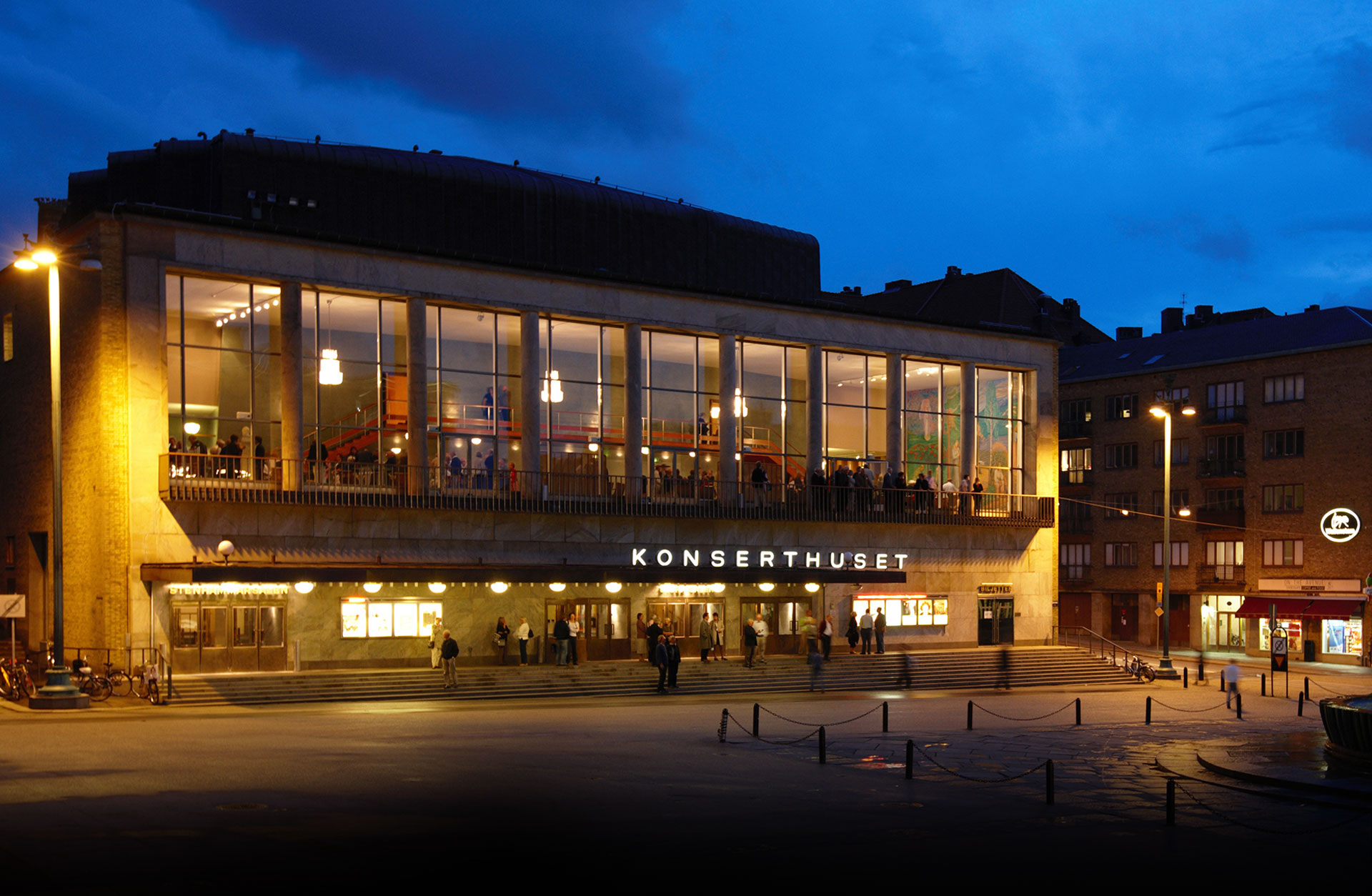
Experience the concert magic
Gothenburg Concert Hall has enchanted music lovers since 1935! It is one of life’s great pleasures to come here, relax and take in the atmosphere in the beautiful surroundings, before being moved, exalted and overwhelmed by the evening’s music.
Which concert do you choose?
In our wide range, there is something to suit everyone. Find your favourite in the concert calendar!

